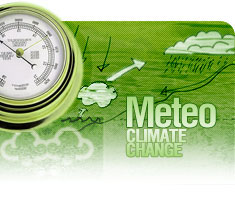https://news.trust.org/item/20201005160440-ad7eh/
Climate change could render swathes of agricultural land largely useless for farming in the U.S. South, and force Midwestern farmers to move corn and soybeans elsewhere as crop yields decline, researchers said on Monday.
The profits of growing six key crops are set to fall by almost a third by 2070, the research said, though losses could be reduced by shifting traditional crop heartlands - potentially reshaping distinctive regional landscapes and livelihoods.
"Our results show considerable potential from crop switching to avoid some of the damages from climate change," said Naresh Devineni, co-author of the paper and associate professor in the civil engineering department at The City University of New York.
"However, the remaining losses imply that crop switching is not a panacea and that new seed varieties and new adaptation practices are needed to support farmers and meet the food demands of the future."
The research, published in Nature Communications journal, analysed the potential impact of rising temperatures and extreme weather on the profitability of growing barley, corn, cotton, soybeans, rice, and wheat.
It estimated that up to half of the forecast losses could be avoided if farmers adapt to changing conditions by switching crops or relocating fields.
Corn would become less concentrated in the Midwest while the wheat lands of the Great Plains would see a gradual "hollowing-out", found the paper, which modelled optimum growing areas for crops under changing climates.
Soybean production would have to shift north.
Cotton, which was found to be the most resilient crop to rises in temperature, was also likely to be grown further north and could become the dominant crop in southern California, it said.
In order to minimise the losses, more than half of U.S. counties would have to see changes in the crops planted there by 2070 compared to the present, the research said.
However, even if farmers are able to adjust their plantings, about 5% of farmland is seen becoming inviable for any of the six key crops by 2070, with southern states likely the worst affected.
"Farmers are particularly exposed to the problems of climate change," said paper author James Rising, an assistant professorial research fellow at the Grantham Research Institute on Climate Change and the Environment in Britain.
"We need to better understand the potential for adaptation for farmers and policy-makers to make long-term decisions."



 Română
Română English
English


